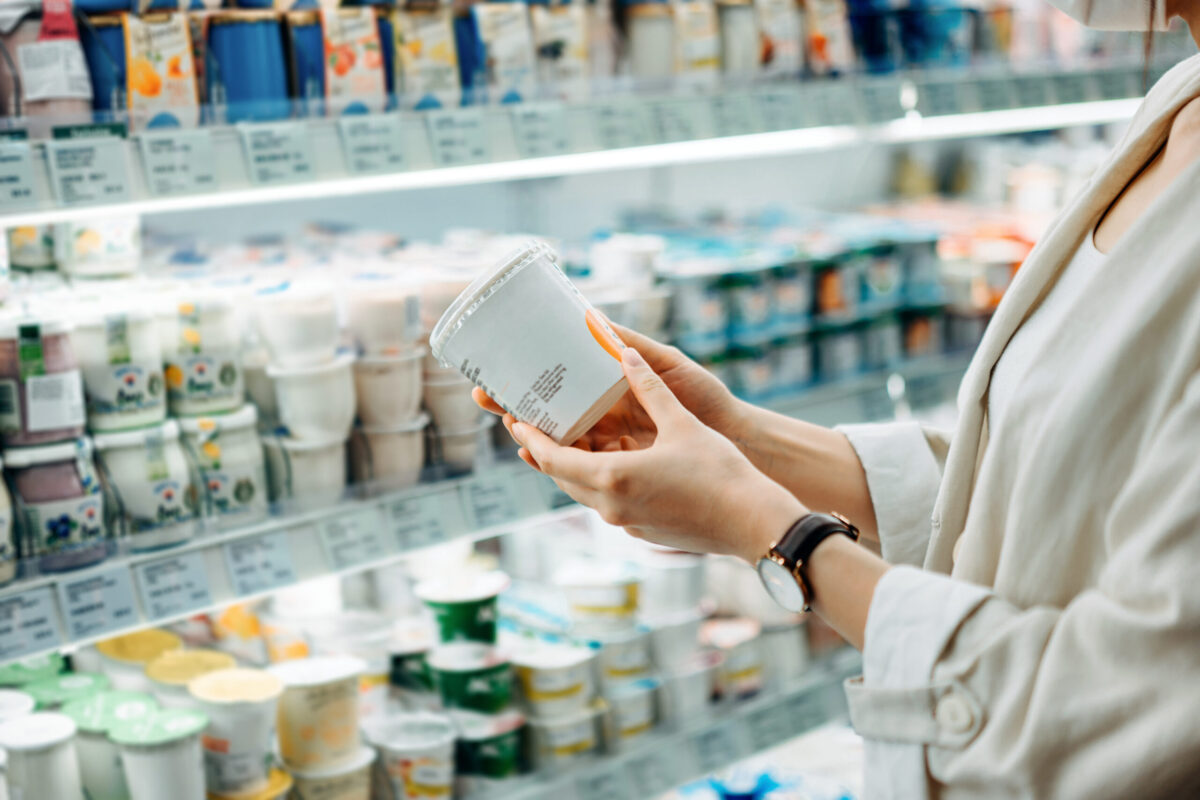We think and talk about dietary fat a lot. Whether we’re looking at body fat percentage, cholesterol levels or the types of fat in certain foods, we know that fat is a key component of good nutrition. Yet we may not understand how different fats work in our bodies.
“Fat is important for energy, for giving our food flavor and texture, and for helping us feel full,” says Sarah Provence, registered dietitian-nutritionist for BlueCross BlueShield of Tennessee.
“All fats are important, and we don’t want a diet that’s too low in fat. We want to pay attention to our total fat intake. Remember that fat has more calories per bite than protein or carbs, and plan accordingly. Our goal is for 20-35% of our calories to come from fat. Finding that balance is the key to healthy weight loss, and management of many health conditions.”
What’s the difference in saturated vs. unsaturated fats?
Saturated fats
Provence: Saturated fats are less-healthy fats that raise your “bad cholesterol,” or LDL (low-density lipoprotein). LDL carries fat from the liver to other parts of the body, and too much of it can raise your risk of heart disease, heart attack and stroke.
Cholesterol 101: The good, the bad and how to control yours
Saturated fats are:
- Solid at room temperature
- Found in animal-based foods such as butter, milk, meat and cheese
- Found in some plant-based products such as coconut oil, palm oil and cacao butter
- Should only make up 7-10% of your caloric intake, especially if you have a history of heart disease
Unsaturated fats
Provence: Unsaturated fats are the “good fats” that work to lower those LDL cholesterol levels.
Unsaturated fats:
- Tend to be liquid at room temperature
- Are mostly plant-based
- Should make up 10-15% of your caloric intake
Provence: There are a couple different kinds of unsaturated fats, but in general, as long as you see “unsaturated” on a label, you’re better off from a nutritional standpoint.
However, if your goal is lowering your LDL, you need to eat more unsaturated fat in place of saturated fat — not in addition to it. Otherwise, your LDL won’t decrease.
What are monounsaturated fats?
Provence: Monounsaturated fats are typically plant-based foods that can help lower your LDL while keeping your HDL (high-density lipoprotein) high. HDL is generally considered good because it helps move cholesterol out of the body and reduces inflammation, which decreases your risk of heart disease and stroke.
Foods that contain monounsaturated fats are:
- Avocados
- Nuts
- Seeds
- Nut butters
- Vegetable oils (canola, olive, peanut, sesame, avocado)
What are polyunsaturated fats?
Provence: Polyunsaturated fats are very similar to monounsaturated fats and may lower LDL when eaten in place of saturated fats. They are found mainly in plant-based oils and seafood.
There are two types of polyunsaturated fat — omega-3 and omega-6 fatty acids — that your body needs but can’t make, which is why you must get them from food. A good recommendation is to try to eat seafood that’s high in omega-3s twice a week, and look for options prepared in a healthy way. Unfortunately, deep-fried catfish doesn’t count!
Foods that contain omega-3 fatty acids are:
- Soybean oil
- Canola oil
- Walnuts
- Flax seed
- Fatty fish (salmon, anchovies, herring, sardines, trout, mackerel)
- Shellfish (oysters, mussels, squid, crab)
Foods that contain omega-6 fatty acids
- Walnuts
- Flax, hemp, pumpkin and sunflower seeds
- Liquid vegetable oils (soybean, corn, safflower, sesame)
What are trans fats?
Provence: Trans fats are a type of saturated fat that’s man-made through hydrogenation. This process increases shelf life and makes the fat harder at room temperature, which creates crispy crackers, flaky pie crusts and other textures we’re accustomed to craving.
From a health standpoint, trans fat raises your bad cholesterol level, which is especially dangerous for people who have heart disease, stroke or diabetes.
Foods that are likely to contain trans fats are:
- Processed foods (frozen pizza, boxed mac & cheese)
- Snack foods (chips, crackers)
- Cookies and doughnuts
- Pies and cakes
- Stick margarine
- Some salad dressings
- Fast food
- Foods made with shortening or partially hydrogenated oils
3 tips for healthier fat intake
Provence: Decoding all these different kinds of fat can be time-consuming. Here are 3 easy things everyone can do to improve their fat intake:
1. Choose products with less than 1 gram of saturated fat.
Nutrition labels don’t always list unsaturated fats, but they do list saturated fats. If a product has more than 1 gram of saturated fat, look for an alternative.
2. Avoid products with partially hydrogenated oils.
Nutrition labels are allowed to list their trans-fat content as 0 grams even if they contain half a gram of trans fat or less. To figure out if a product has “hidden” trans fats, look at the ingredient list for the words: “partially hydrogenated oils.” If those are listed, choose an alternative product.
3. Eat more produce, grains, lean meats and low-fat dairy.
You’ve heard it before, but if you only do one thing to improve your fat intake, it should be choosing foods that are naturally low in fat and preparing them without adding extra. Focus on eating more fruits, veggies, whole grains, lean meats and low-fat dairy. It can make a big difference.
More from Sarah Provence: 11 creative food-storage ideas
Get more information about specific health terms, topics and conditions to better manage your health on bcbst.com. BlueCross BlueShield of Tennessee members can access wellness-related discounts on fitness products, gym memberships, healthy eating and more through Blue365®. BCBST members can also find tools and resources to help improve health and well-being by logging into BlueAccess and going to the Managing Your Health tab.





